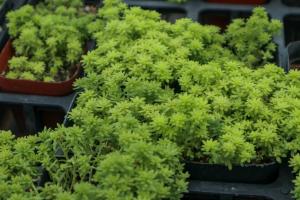How does Chlorophytum grow roots
Chlorophytum root cultivation method
1. Soil
The root system of Chlorophytum is fleshy and likes loose and breathable soil. Huayou can mix peat soil, garden soil and perlite in the proportion of 5:3:2
2. Watering
If you want to burst the root support basin of Chlorophytum, you'd better reduce the watering frequency to avoid root stuffing caused by ponding. Follow the watering principle of "better dry than wet", and water it after the basin soil becomes dry and white
3. Fertilization
Fertilization can be carried out in combination with watering, about once every half a month. You can dilute bone powder with water or put 4-5 compound fertilizers in the water, which can not only promote flowering, but also make the roots stronger
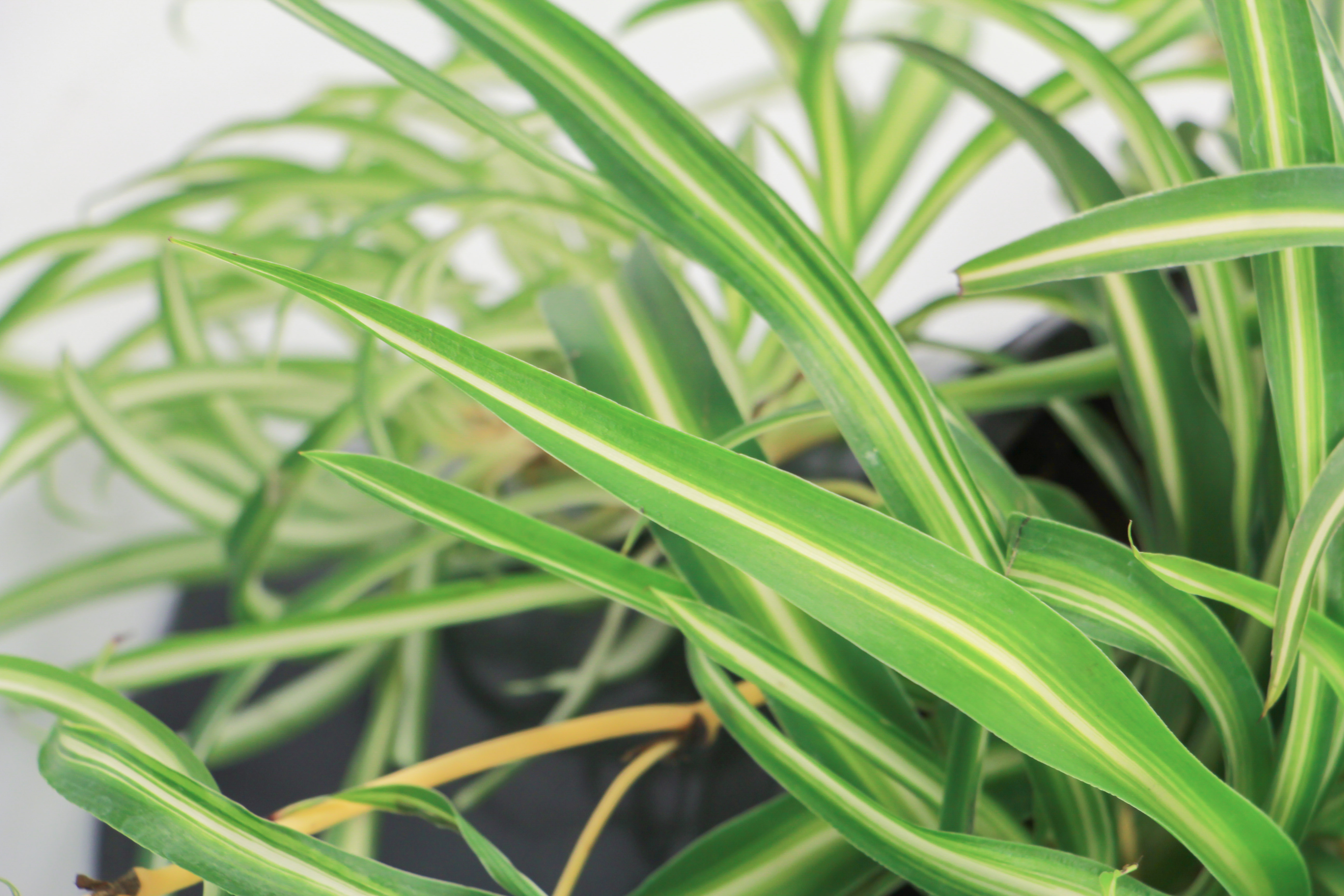
Chlorophytum ramet method
The root of Chlorophytum supports and explodes the basin, which means that it is necessary to change the basin by plant. Separating plants and changing pots are conducive to the better growth of Chlorophytum root system
1. Basin removal and root washing
Knock the flower pot, take the Chlorophytum out of the pot, and put it in clean water to clean the soil at the root of the Chlorophytum
2. Prune roots
Chlorophytum with strong roots usually grows a lot of radish roots. When pruning, pay attention not to cut off. Just cut off the fine and weak roots
3, ramet
Separate the root connecting part of Chlorophytum with a sterilized knife and divide it into several plants
4. Upper basin
Put the treated Chlorophytum into the basin, pour it with water, and put it in a cool and ventilated place for maintenance
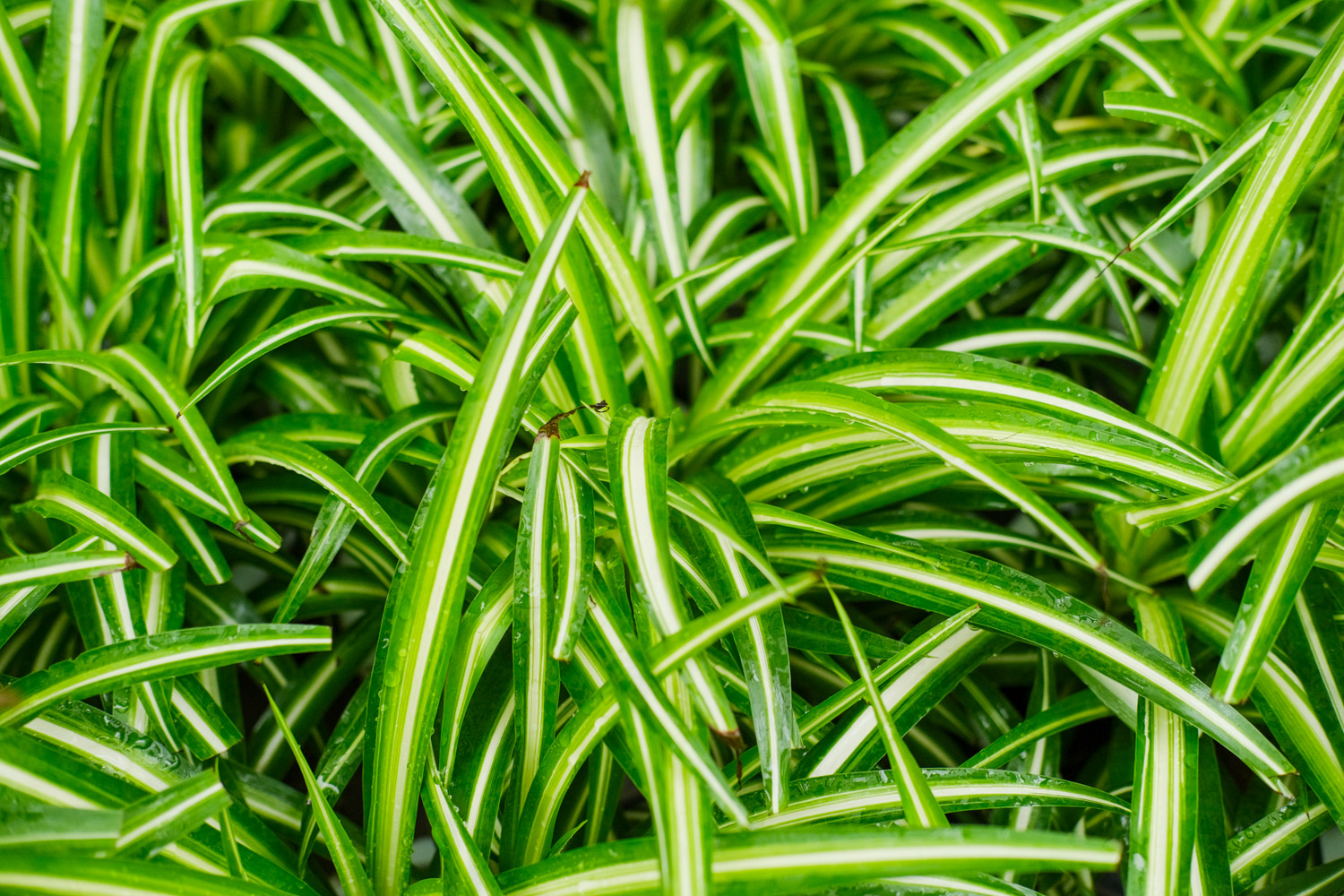
How does Clivia grow roots
Clivia root cultivation method
1. Soil
If Clivia wants its roots to be strong and not rotten, the culture plant material must be permeable and rich in humus. Huayou can mix rotten leaves, pine needles, coarse sand and charcoal in the proportion of 6:2:1:1
2. Pad the basin bottom
Clivia is particularly prone to root rot. to grow strong roots, we must first prevent the root rot of Clivia. In front of the basin of Clivia, a layer of walnut shell and peanut skin can be padded on the bottom of the basin
3. Fertilization
In summer, you can apply rotten cake fertilizer water once every 10 days. Pay attention that when the temperature reaches about 30 degrees, Clivia enters the dormancy period and fertilization should be stopped. When changing pots, you can add some bone meal or fried melon seeds in the soil, which is conducive to the root system growing more vigorously
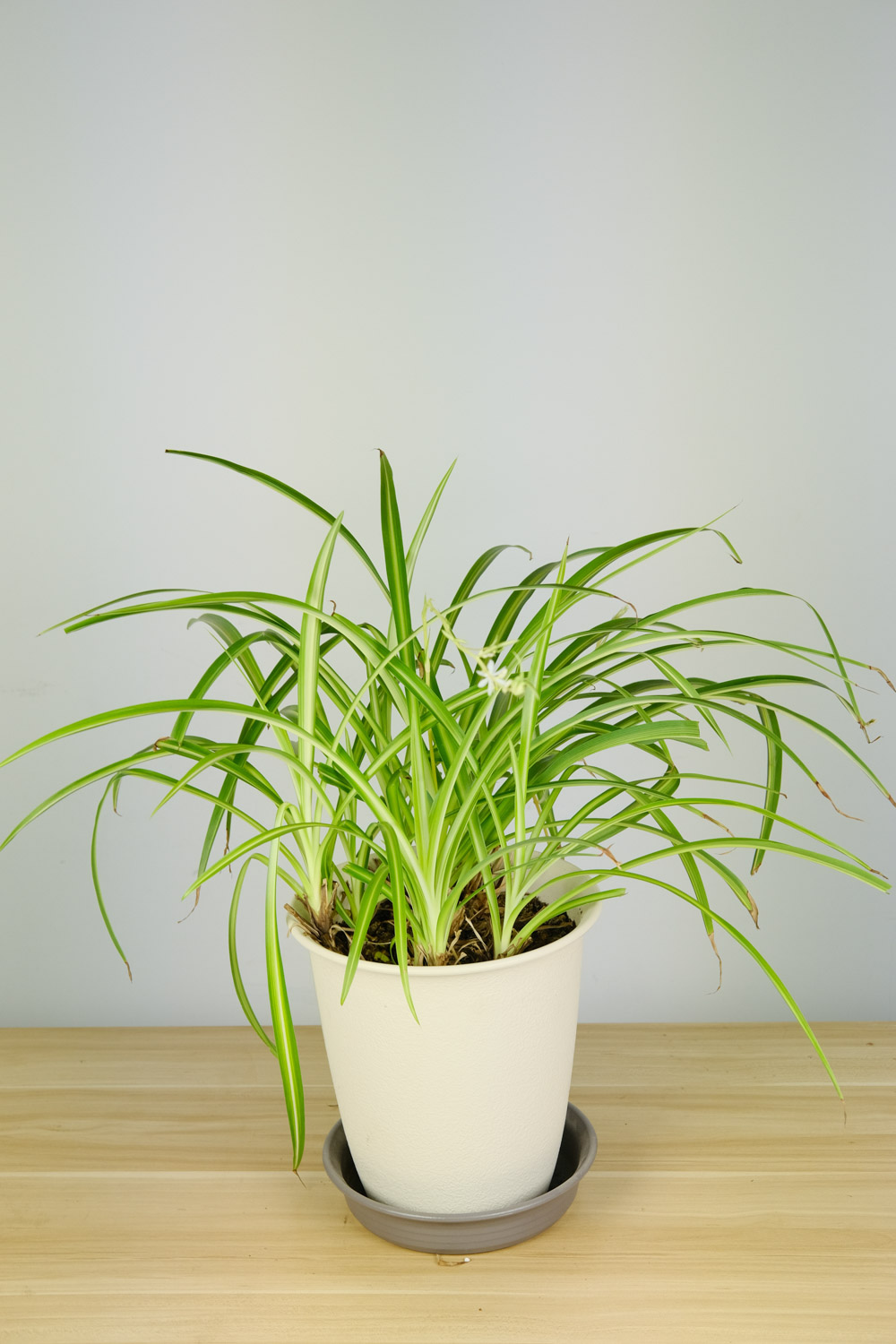
Clivia rooting method
Clivia is called the "rag king" because it often rots its roots. Today Huahua will introduce you a simple rooting method
1. Prune rotten roots
Cut off all the rotten roots of Clivia with a sterilized knife
2. Sterilization
Soak the treated Clivia in potassium permanganate solution. After about half an hour, take it out and dry it in a ventilated place
3. Insert sand and take root
Insert the sterilized and dried Clivia into the sand and pour a little water to ensure that the sand is slightly wet. About 15-20 days, Clivia can produce big white roots

How to raise the root of vermilion
Zhudinghong root cultivation method
1. Soil
Zhudinghong likes loose and breathable sandy soil, and must not use relatively viscous soil. Huayou can mix rotten leaf soil, sandy soil and organic fertilizer in the ratio of 3:1:1
2. Fertilization
The root of zhudinghong is a bulbous root. In order to grow better, potassium fertilizer can be supplemented once a month. It can be watered with rice washing water after ripening. However, at high temperature, zhudinghong enters the dormancy period. Stop fertilization, otherwise it will burn the root system
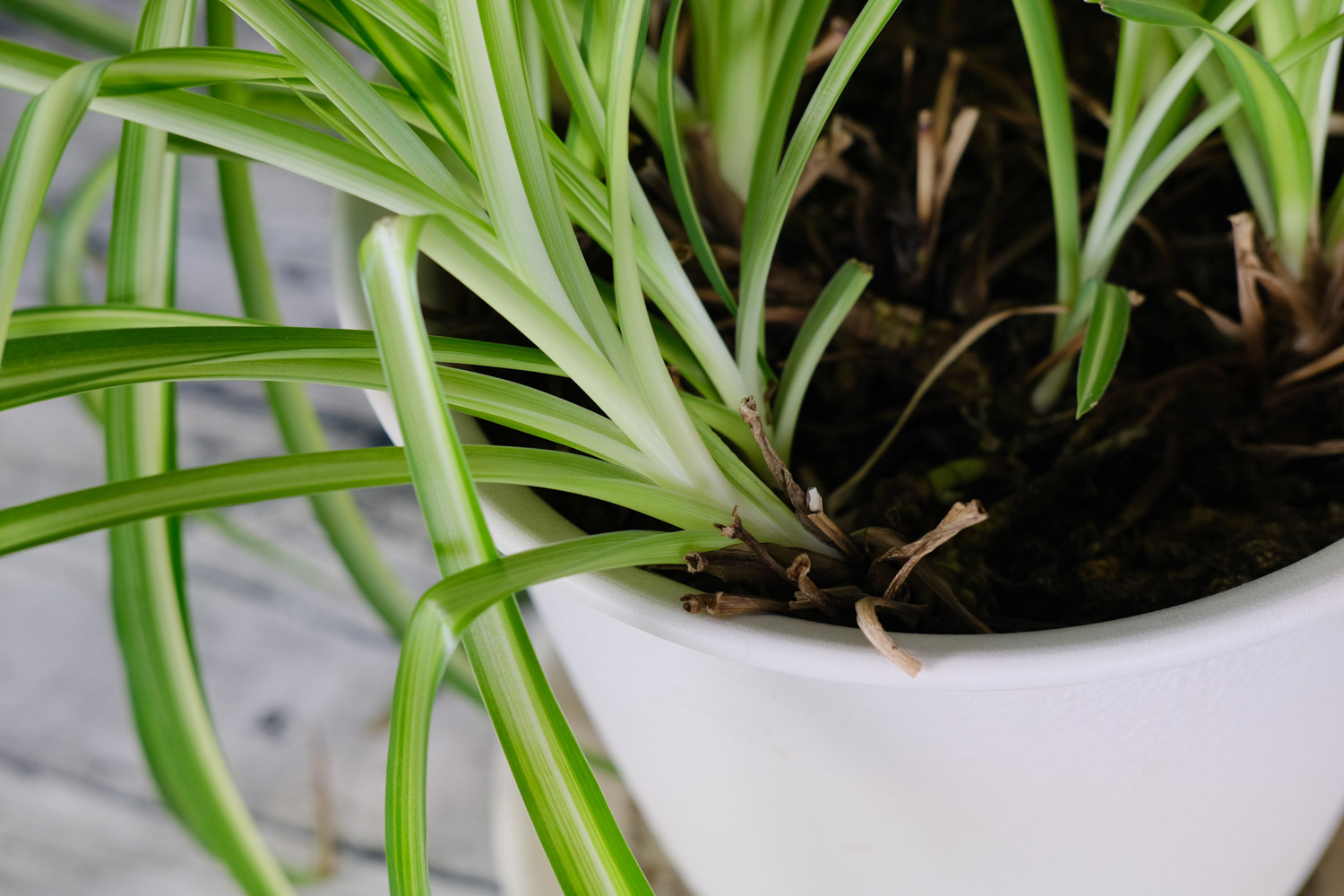
Cinnabar red rooting method
Cinnabar red is a bulb flower. It is easy to rot in hot and muggy weather. Today, Huahua introduces to you a universal rooting method, which is very practical
1. Cutting packing
Use a large knife to cut off the bottom of the slightly rotten vermilion basin and a large plastic top
2. Sitting basin
Make several holes under the plastic basin bottom, put in the cleaned perlite, and put the bulb on the perlite. Set a slightly larger basin outside the plastic basin and add a layer of water. Put it in a bright place and add water when the water is gone
3. Cinnabar root
In about 10-15 days, zhudinghong will produce white and tender new roots

Is it super envious of other people's roots
But as long as you care
Your flowers can also produce white roots

 how many times do yo...
how many times do yo... how many planted tre...
how many planted tre... how many pine trees ...
how many pine trees ... how many pecan trees...
how many pecan trees... how many plants comp...
how many plants comp... how many plants can ...
how many plants can ... how many plants and ...
how many plants and ... how many pepper plan...
how many pepper plan...


